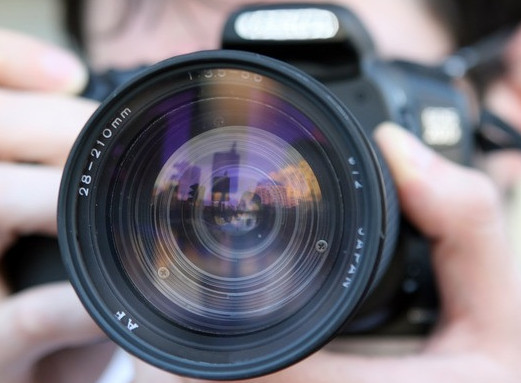 Buying a lens is so exciting! The best part is trying out your new lens and seeing the results. Different lenses have the power to shape the way you see and capture the world. However, with the plethora of lenses on the market, each with its unique capabilities and specifications, knowing how to choose the right lens for your camera can be daunting and full of technical jargon.
Buying a lens is so exciting! The best part is trying out your new lens and seeing the results. Different lenses have the power to shape the way you see and capture the world. However, with the plethora of lenses on the market, each with its unique capabilities and specifications, knowing how to choose the right lens for your camera can be daunting and full of technical jargon.
But fear not, as this article is here to help you out!
So, whether you’re an aspiring photographer or a seasoned pro, knowing the mysteries of focal length, aperture, and lens types, will help you navigate the labyrinth of lenses that are out there!
How Does a Lens Work?
Each lens has a different effect depending on how you want to tell a story. Each lens is made up of a different glass shape that light passes through.
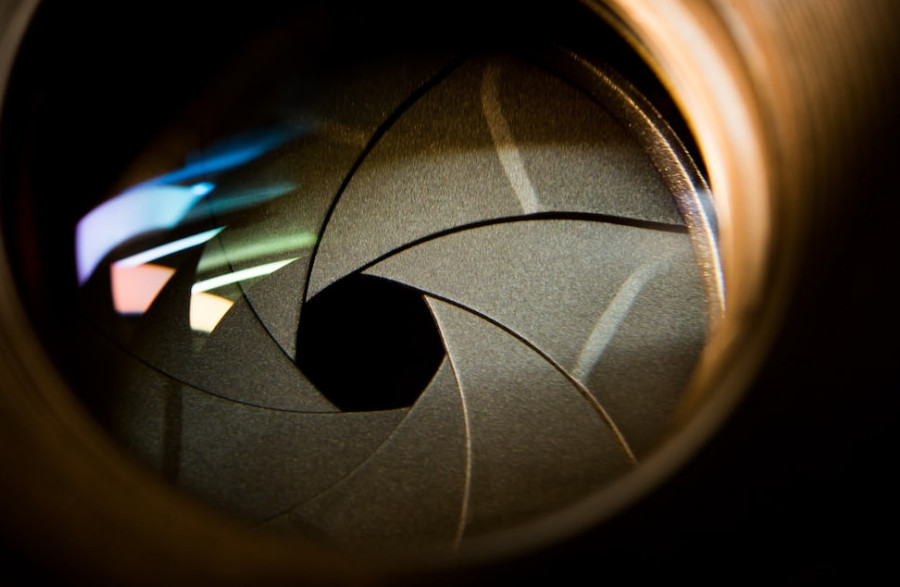
The different glass shapes are called lens elements that bend the light to the focal point on a sensor. The length of that focal point is conveyed in millimeters on a lens.
There are several common millimeter (mm) lengths that range from 17mm to 135mm and even 200mm. The longer the focal length (or the bigger the millimeter number is) the more narrow the angle of view is.
Whereas, the shorter the focal length, the wider your angle of view is (also the smaller the millimeter number is).
Then there’s the type of lens. You have two to choose from, either prime or zoom lenses. Zoom lenses allow you to, of course, zoom in and out. Where a prime lens has a fixed focal length and does not allow for you to zoom.
However, since prime lenses tend to have a sharper image and usually a small aperture that allows for a low light shot. The benefits of a zoom lens is that you do not have to change out your lenses for different distances.
The Types of Lenses to Pick From.
Now that we are all caught up on how a lens works, lets talk about the types of lenses that are out there. And the creative abilities are endless! OK, so here are the main types:
- Standard Prime Lens (50mm f/1.8):
- The “nifty fifty” is a versatile lens with a fixed focal length, great for beginners. It excels in low-light conditions and produces beautiful background blur (bokeh). Ideal for portraits and everyday photography.
- Wide-Angle Zoom Lens (16-35mm f/2.8):
- A wide-angle zoom lens is perfect for capturing expansive landscapes, architecture, and interior shots. It offers flexibility in composing shots and is a must-have for travel photographers.
- Telephoto Zoom Lens (70-200mm f/2.8):
- This lens is a workhorse for sports, wildlife, and event photography. It brings distant subjects closer, while a wide aperture lets in more light and creates stunning background separation.
- Macro Lens (100mm f/2.8):
- Macro lenses excel in capturing intricate details of small subjects like insects, flowers, and jewelry. They provide a 1:1 magnification ratio for true-to-life close-ups.
- Prime Portrait Lens (85mm f/1.8):
- Ideal for portrait photographers, this prime lens produces creamy bokeh and flattering subject isolation. The 85mm focal length is particularly well-suited for head shots and portraits.
- Standard Zoom Lens (24-70mm f/2.8):
- A standard zoom lens covers a versatile focal range, making it suitable for a wide range of photography styles, from events to travel. It’s known for its sharpness and consistent aperture.
- Ultra-Telephoto Lens (400mm f/5.6):
- Designed for capturing subjects at great distances, ultra-telephoto lenses are indispensable for wildlife and bird photography. They require steady hands or a tripod for sharp images.
- Fisheye Lens (8mm):
- Fisheye lenses create unique, distorted images with a 180-degree field of view. They’re used for artistic and creative effects, capturing dramatic, curving perspectives.
- Tilt-Shift Lens (24mm f/3.5):
- Tilt-shift lenses are popular among architectural photographers. They correct perspective distortion and enable selective focus control, allowing for straight lines and creative blur effects.
- Wide-Angle Prime Lens (24mm f/1.4):
- This wide-angle prime lens with a large aperture is excellent for low-light shooting. It’s also favored by street photographers for its versatility.
Please keep in mind that this list is not all-inclusive. There are other types. I wanted to make sure I covered the basics to get started.
Assessing Your Needs When You Choose Your Lens
Assessing your needs when choosing the right lens is just as important for photographers and cinematographers alike. It’s the compass that guides you through the vast lens landscape.
Your choice of lenses should align with your creative vision and the type of photography or videography you specialize in. For instance, portrait artists seek lenses that create creamy bokeh (blurry background), while landscape enthusiasts favor wide angles to capture the close items needed in shot as well as what’s far away.
For instance, portrait artists seek lenses that create creamy bokeh (blurry background), while landscape enthusiasts favor wide angles to capture the close items needed in shot as well as what’s far away.
Assessing your needs ensures you invest wisely, avoiding costly mistakes. It’s about achieving the right balance between focal length, aperture, and lens type to capture your unique perspective effectively.
By understanding your needs, you can maximize your artistic potential and create images and films that truly reflect your vision!
Don’t Forget Camera Compatability
Camera compatibility is a critical consideration when selecting a lens, and its importance cannot be overstated. The relationship between your camera body and lens is fundamental to achieving optimal performance.
Different cameras have specific lens mounts and sensor sizes, and using an incompatible lens can lead to functional limitations and potential image quality issues.
Choosing a lens that’s designed for your camera’s mount ensures a secure fit and proper communication between the two, enabling auto focus, exposure control, and other essential functions.
Also, understanding how a lens behaves on your specific camera, including considerations like crop factors, allows you to harness its full potential and create the best possible images.
Neglecting compatibility can result in frustration and sub par results, making it crucial for photographers and cinematographers to make informed choices.
In a Nutshell…
Basically, selecting the right lens is a journey of aligning technical specifications with creative vision. With the right lens, you can transform your ideas into captivating images and films that tell your unique story and let your creativity soar!
So, choose wisely, experiment fearlessly, and let your lens be the conduit for your creativity. And as always, feel free to leave any comments or questions below!
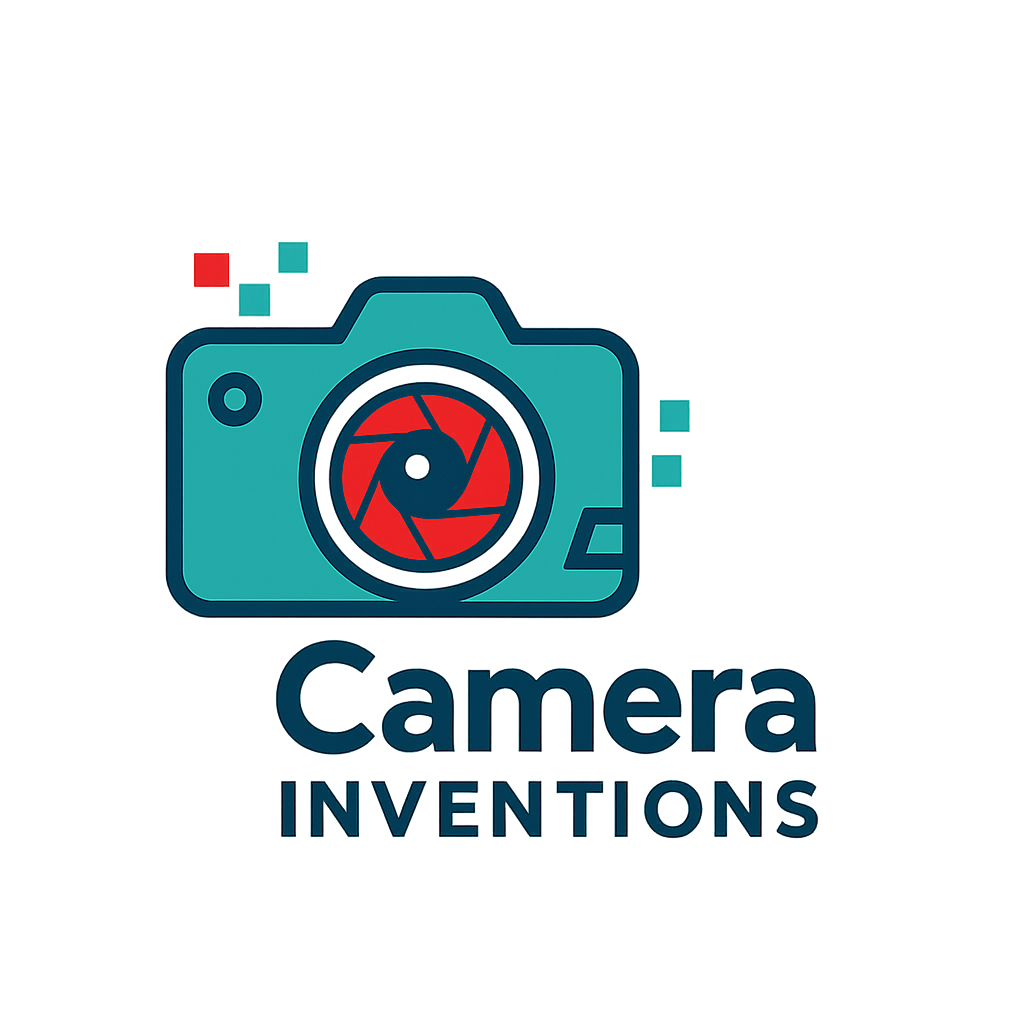
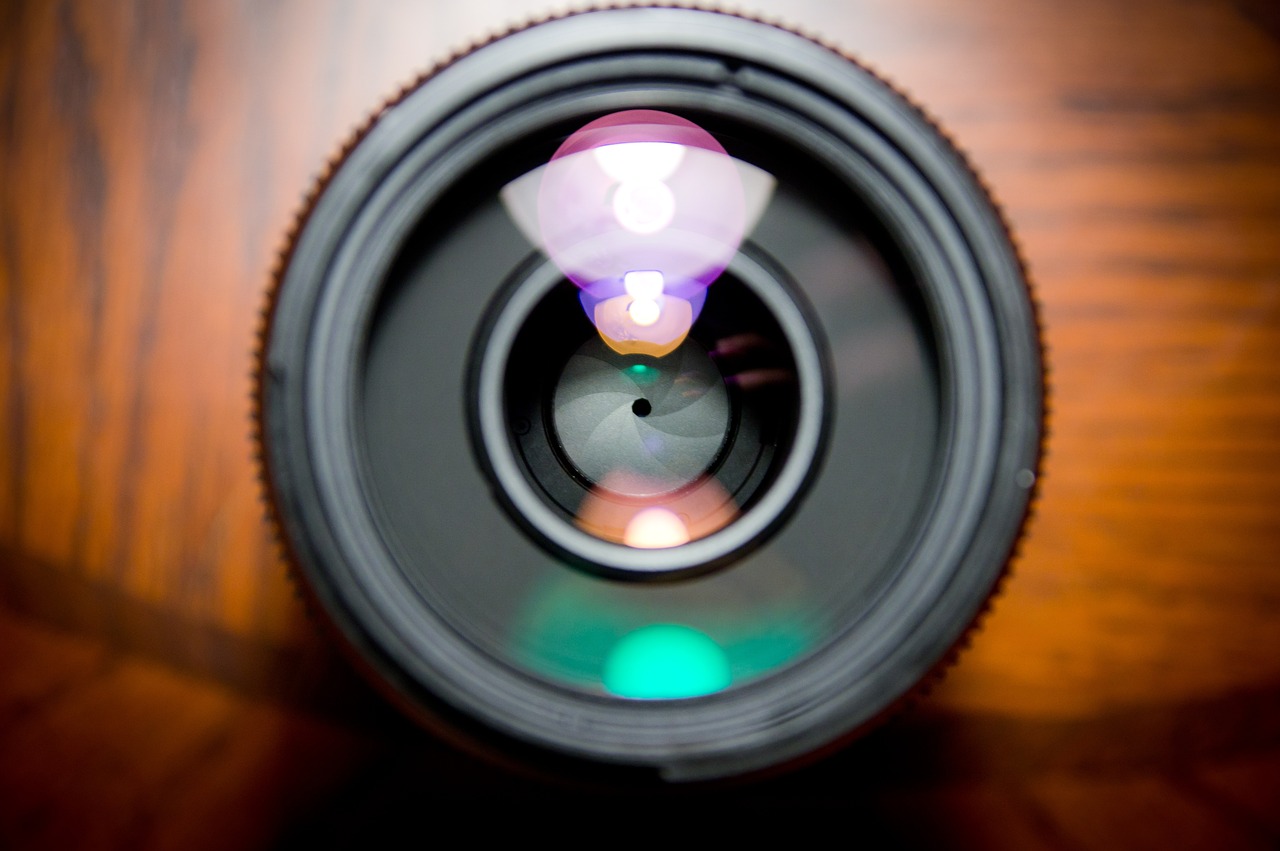

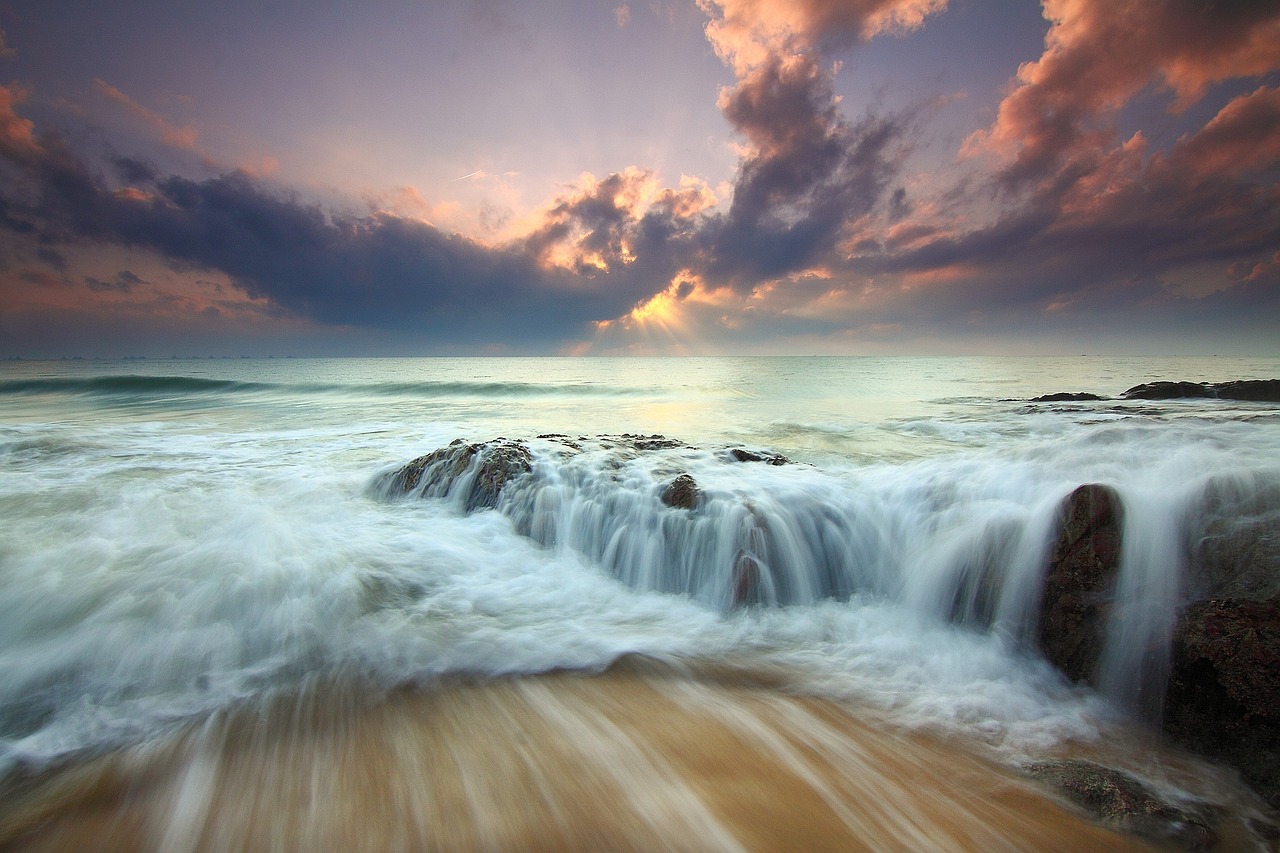
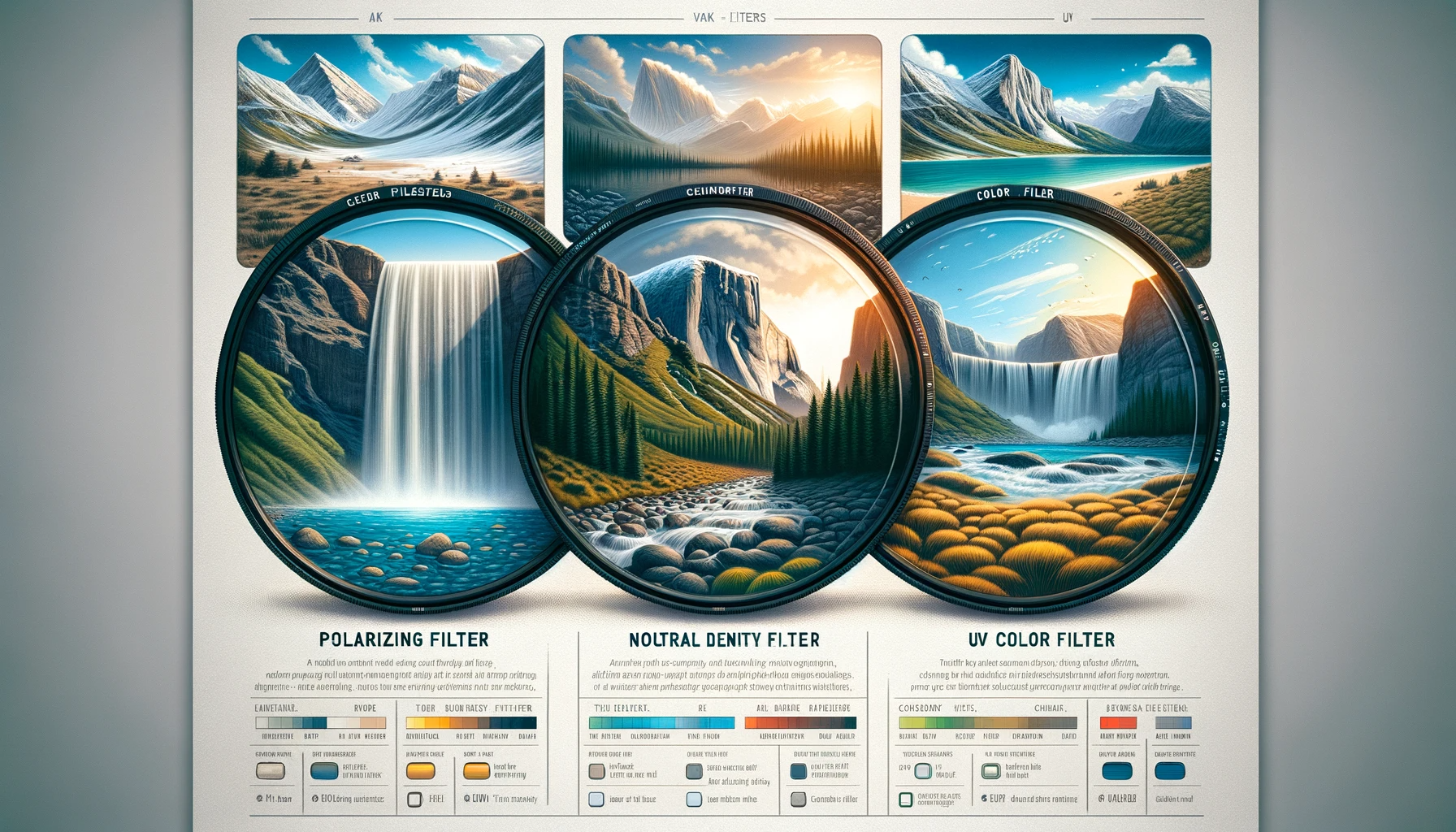
As a photography enthusiast, I’ve always grappled with the overwhelming lens choices. Your article breaks down the complexities in such an approachable manner. I particularly appreciated the section on camera compatibility – it’s a detail that’s easy to overlook but crucial. I remember investing in a lens once, only to realize it wasn’t fully compatible with my camera body. Lesson learned! Your guide has given me a clearer perspective on what to consider for my next lens purchase. Thanks for shedding light on this topic and helping photographers like me make informed decisions. Keep up the fantastic work! 🌟
Thank you for your response, Makhsud! I’m thrilled you share a similar passion for photography and that you found value in what you read! I feel like the lessons learned are the best simply because you can learn from it for the next time!
Hey,
Your topic is incredible I don’t know much about cameras at all… I don’t even own one, but your article was clear and gave me knowledge on how to choose the right lens and all types of lenses to pick from. I cant say much else but you are on the right path and again I love the topic.
Best Regards,
Brian Madrigal
Hello Brian! I appreciate your response. It sounds like even though you do not own a camera, you still learned something new!
hey Randi 🙂
thx for the article! it was very informative and made choosing the right lens feel less intimidating. i’ve been using a standard zoom lens for a while, but now i’m thinking of trying out a wide-angle prime lens for low-light shooting. your explanation of how lenses work and the different types really helps 🙂
i’ve always been interested in photography, but the technical side of lenses confused me. your article clarified things, and now i’m excited to experiment with different lenses to improve my photography. thanks for breaking it down! 🙂
– a fellow photography enthusiast
Thank you, Matias, for your response! It makes me happy to hear that the article helped you, I agree that finding the right lens can be a bit intimidating for sure. But I am also thrilled to hear you also have a passion for photography!